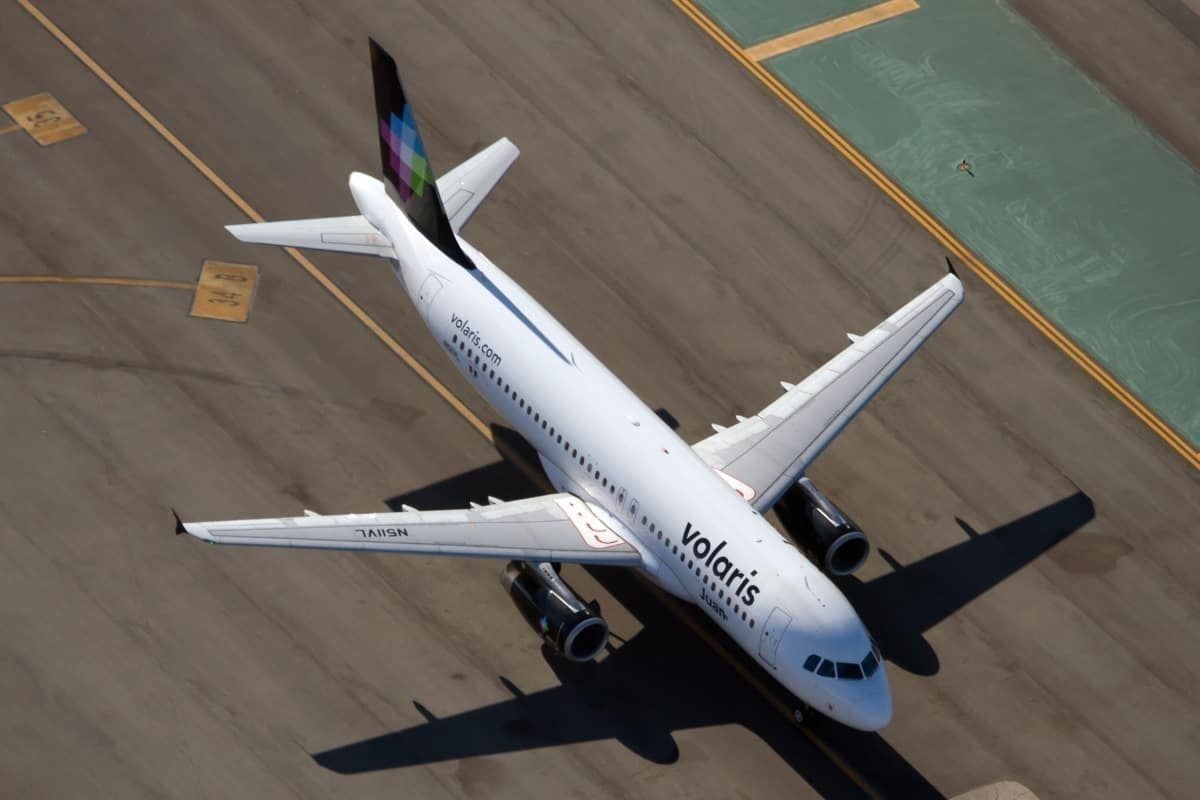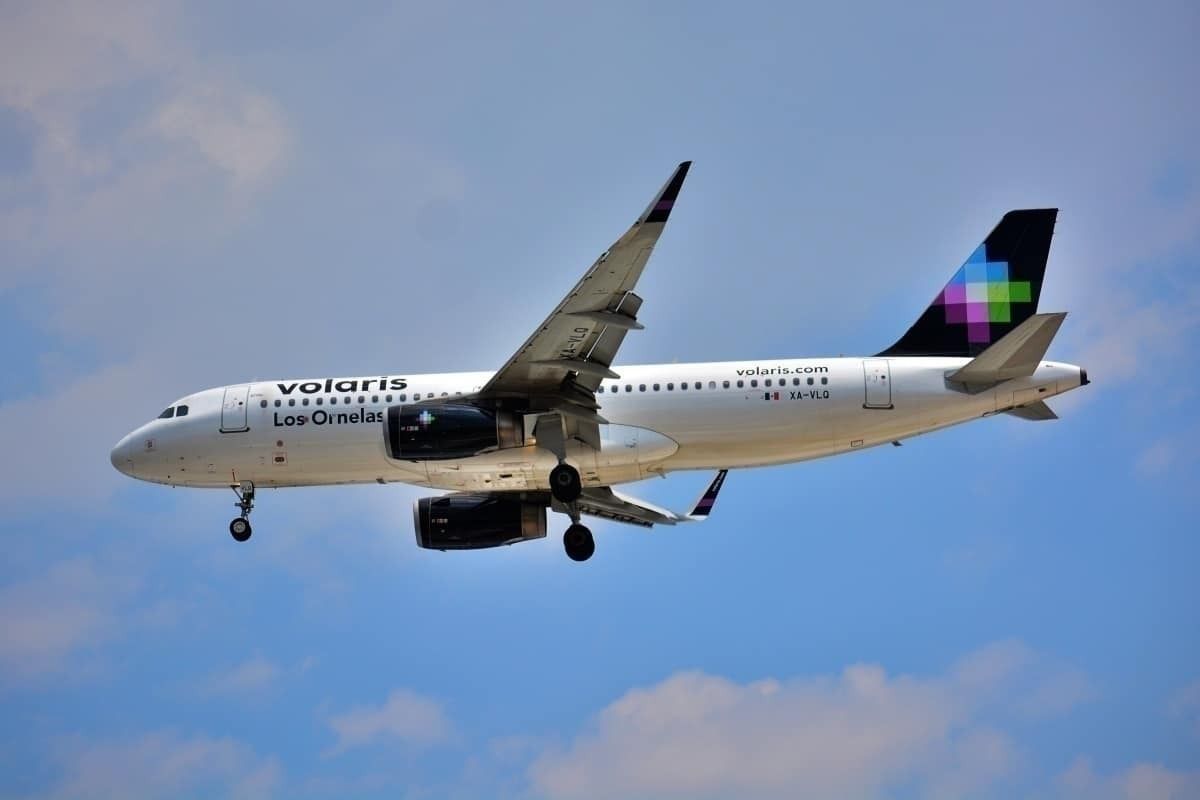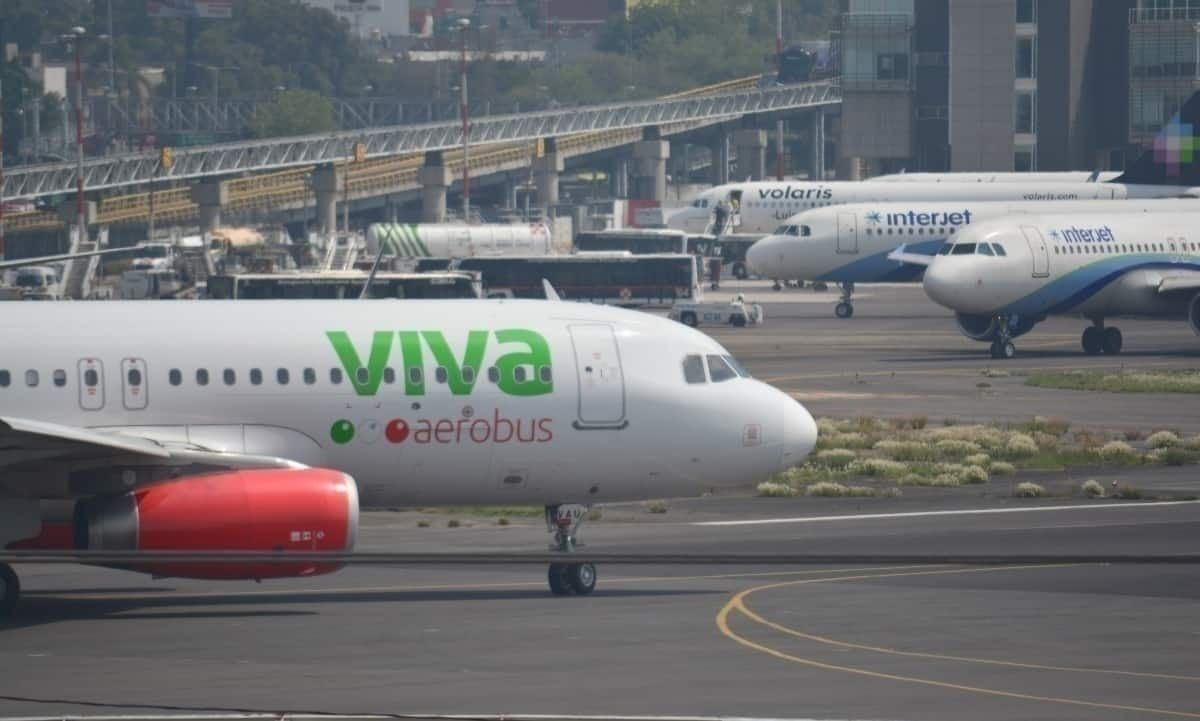Yesterday, Volaris announced the launch of five new domestic routes in Mexico. Amid the coronavirus pandemic, the ultra-low-cost carrier is betting on the recovery of the local market. Let’s investigate further.
Where is Volaris going to fly now?
Volaris announced five new routes created for its key market, the VFR (visitor, friends and relatives). Holger Blankenstein, commercial vice-president of Volaris, said,
“We are one of the airlines with the lowest costs globally, and we are deeply adaptable. Because of this, we’ve been able to grow and consolidate as the main domestic airline in Mexico in less than 14 years.”
He added that the current coronavirus pandemic opened new development opportunities for the country. With that in mind, the carrier will launch five new routes from Mexico City. The destinations are Villahermosa, Tabasco; Ciudad del Carmen, Campeche; Torreón, Coahuila; Campeche, Campeche, and Tampico, Tamaulipas.
Volaris will start flying to Ciudad del Carmen and Villahermosa from 26 July. It will fly to Torreón from 27 July and finally, to Campeche and Tampico from 2 October.
Is it a good idea to launch new routes right now?
Currently, the air industry is facing the most profound demand decline in history. The airlines are expecting that the recovery could take up to five years. Whether to launch a route now or not is a dilemma. It is as intriguing as if now is the perfect time to start an airline.
But Volaris is off to a good start. The Mexican carrier knows that the domestic routes are due to bounce back sooner than the international. And Volaris is the biggest operator in the local market in Mexico, so it has the upper hand.
Additionally, Volaris is launching these routes with one competitor in mind. It is not any of the other airlines like Aeromexico, Viva Aerobus, or Interjet. The competitor of Volaris are the Mexican bus lines. The carrier said,
“The launch of these new routes (...) aims to reduce our clients’ connection time when traveling from one city to another. With these routes, they will avoid being exposed to bus journeys that can take up to 11 hours.”
The answer to whether it is a good idea to launch a new route right now is that it depends. Some underserved markets will require flights in the future and is an excellent time to start right now, as the airline can settle its presence with the flying public while letting the pandemic flow. Volaris is betting on that.
Volaris and Viva Aerobus could be the biggest winners in Mexico
The Mexican air industry is facing an uphill battle, just like everyone else. In May, the Mexican airports had a 94.2% decrease in the number of passengers. It is the biggest in Mexico’s history.
But some airlines had a better performance than others. Low-cost carrier Interjet had a 99% decrease in its passenger numbers, and Aeromexico had a 92.4%. Meanwhile, Viva Aerobus had a 90.3% decrease, and Volaris had an 88.1% decrease.
While the numbers still are abysmal, it seems like the two low-cost carriers could see a ramp-up in their operations. This is because they mainly operate domestically. Also, their other competitor, Interjet, is currently struggling to keep up in the air and has a fleet of just three or four operative airplanes per month. Meanwhile, Aeromexico is historically more focused on international routes and has lost its presence in the domestic market.
What do you think of Volaris’ bet against bus lines? Let us know in the comments.



